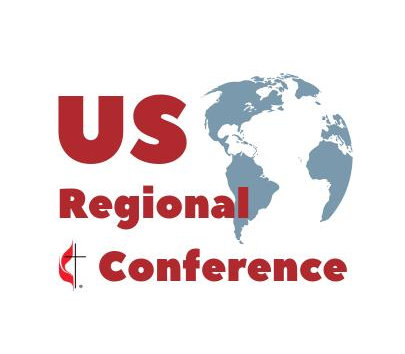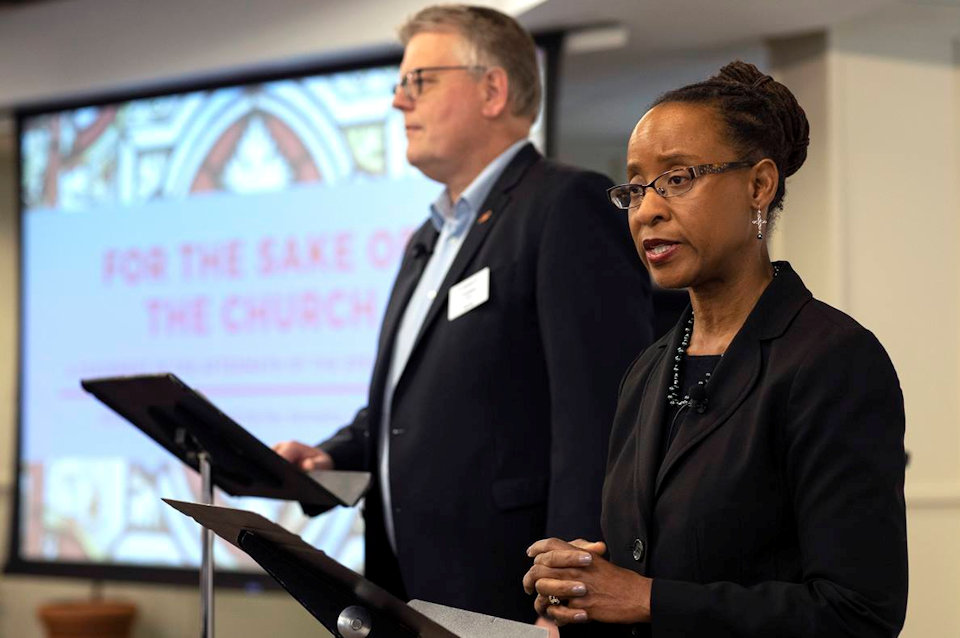On July 18 the United Methodist Connectional Table approved sending legislation to the 2020 General Conference that proposes the creation of a new structure for churches in the United States.

Chicago, IL—The Connectional Table approved sending legislation to General Conference 2020 that will create a new structure for churches in the United States, called a regional conference, during an online meeting July 18, 2019.
The proposed legislation stipulates that the U.S. Regional Conference will have geographic boundaries congruent with the territory of the U.S. annual conferences. Jurisdictions will continue to function with their current powers and duties, including their process to elect bishops.
“The current proposal will help the General Conference to focus its work on matters truly global,” says Bishop Christian Alsted, chair of the board, “and offers the church in the United States a connectional structure to deal with matters pertaining specifically to the U.S. context, including the development of strategies and priorities, pension and healthcare issues and, not least, adaptations to the Book of Discipline.”
During the Connectional Table’s meeting in April 2019, the body approved bringing a legislative proposal to GC2020 to create a U.S. Central Conference and sent the proposal back to the U.S. Contextual Ministries Advisory Group for further work. Concerns surfaced at this meeting and in the Council of Bishops about calling the U.S. structure a central conference. Calling it a regional conference instead acknowledges the painful, racist history and still-existing wounds associated with the former Central Jurisdiction in the U.S.
Creating the U.S. Regional Conference will be done in two stages:
- Stage I will form a committee of the General Conference, with legislative function, to deal with U.S. Region – Adaptable disciplinary provisions, U.S.-related resolutions, and non-disciplinary petitions concerning U.S. matters.
- Stage II will form the U.S. Regional Conference, and the Stage I committee will end its work.
“We feel that the two-stage process we are proposing best meets the needs of the U.S. to do adaptive work,” says Judi Kenaston, chair of the CT’s advisory group. “Stage I will allow us to function in the interim and process legislation that is specific to the United States. It allows Central Conference input while also taking a burden off the General Conference to deal with legislation that does not affect the whole church. Stage II, which establishes a U.S. Regional Conference, is a long-term solution for dealing with U.S.-specific legislation that can allow the U.S. to have parity with the Central Conferences that already do adaptable work.”
Because the regional conference is a new body and different than a central conference, the proposed legislation will add a new ¶ 11. Article IV.—“There shall be a regional conference for the Church in the United States of America, with such powers, duties, privileges, and limitations as are hereinafter set forth.” Also, a new Section VI. Regional Conferences in the Constitution would be added.
Proposals for the U.S. to have a structure similar to a Central Conference began as early as 1924, with a formal proposal by the Board of Foreign Missions coming to General Conference in 1928. The Connectional Table began work on this issue in 2005, when a joint task force on the Global Nature of the Church was established with the Council of Bishops.
When the work on the General Book of Discipline began at General Conference 2012, the need for the churches in the U.S. to have a place to do adaptable work took on a greater sense of urgency. The Connectional Table began working alongside the Standing Committee on Central Conference Matters in 2013, when it formed a Worldwide Nature Collaboration Group.
As the global church responds to the recent 2019 Special Session, new legislative proposals for a U.S. structure have been brought forth. None pre-date the Connectional Table’s work or have the same focus.
“The legislation, as currently written, will not address our impasse over human sexuality,” says the Rev. Kennetha J. Bigham-Tsai, chief connectional ministries officer for the Connectional Table. “However, it will help unburden the General Conference and facilitate U.S. adaptable work of other kinds. It is crucially important for the health of our church going forward to have a place where the U.S. can make decisions about its mission and ministry.”
Last Updated on September 21, 2022

